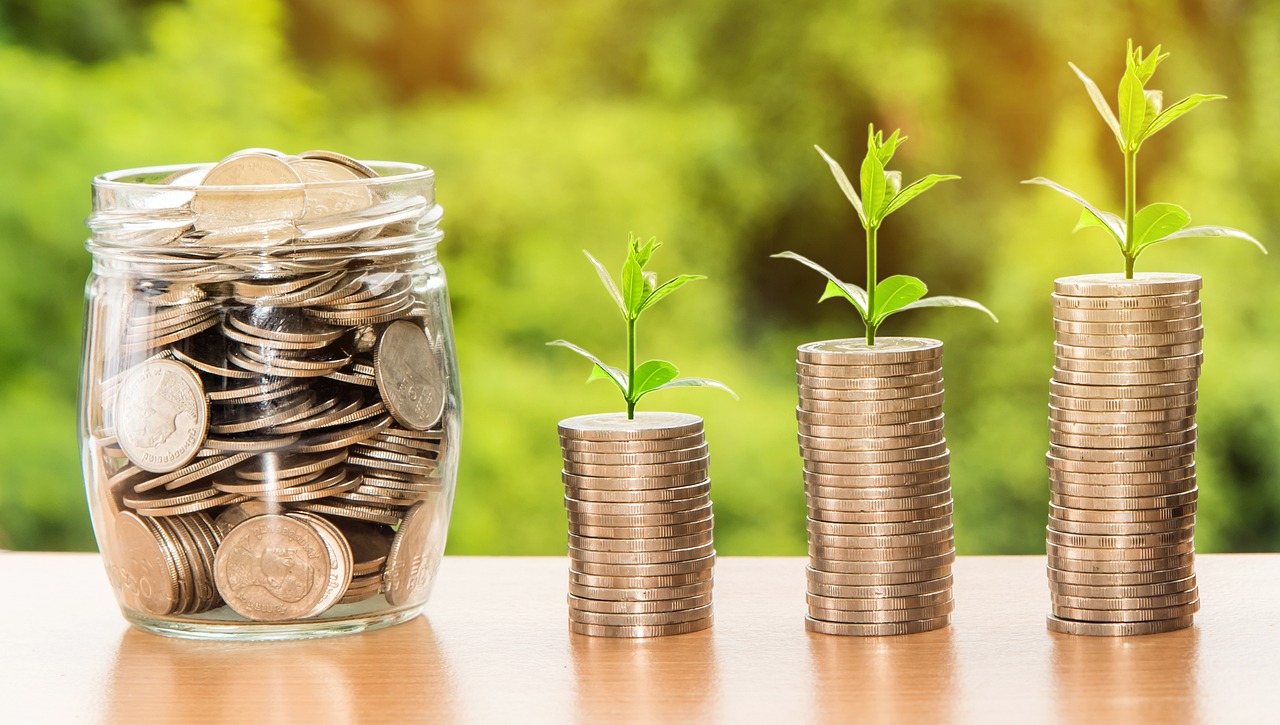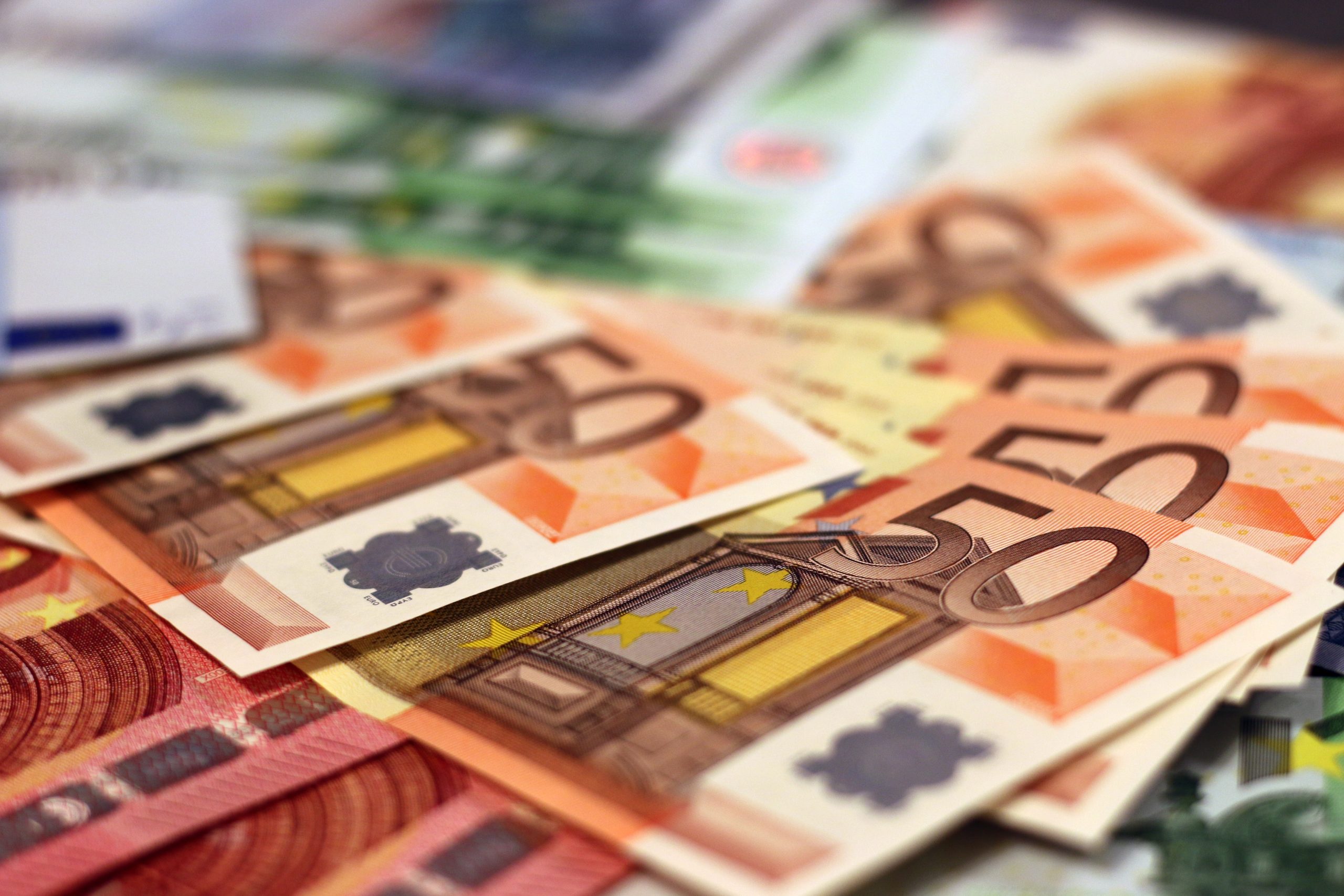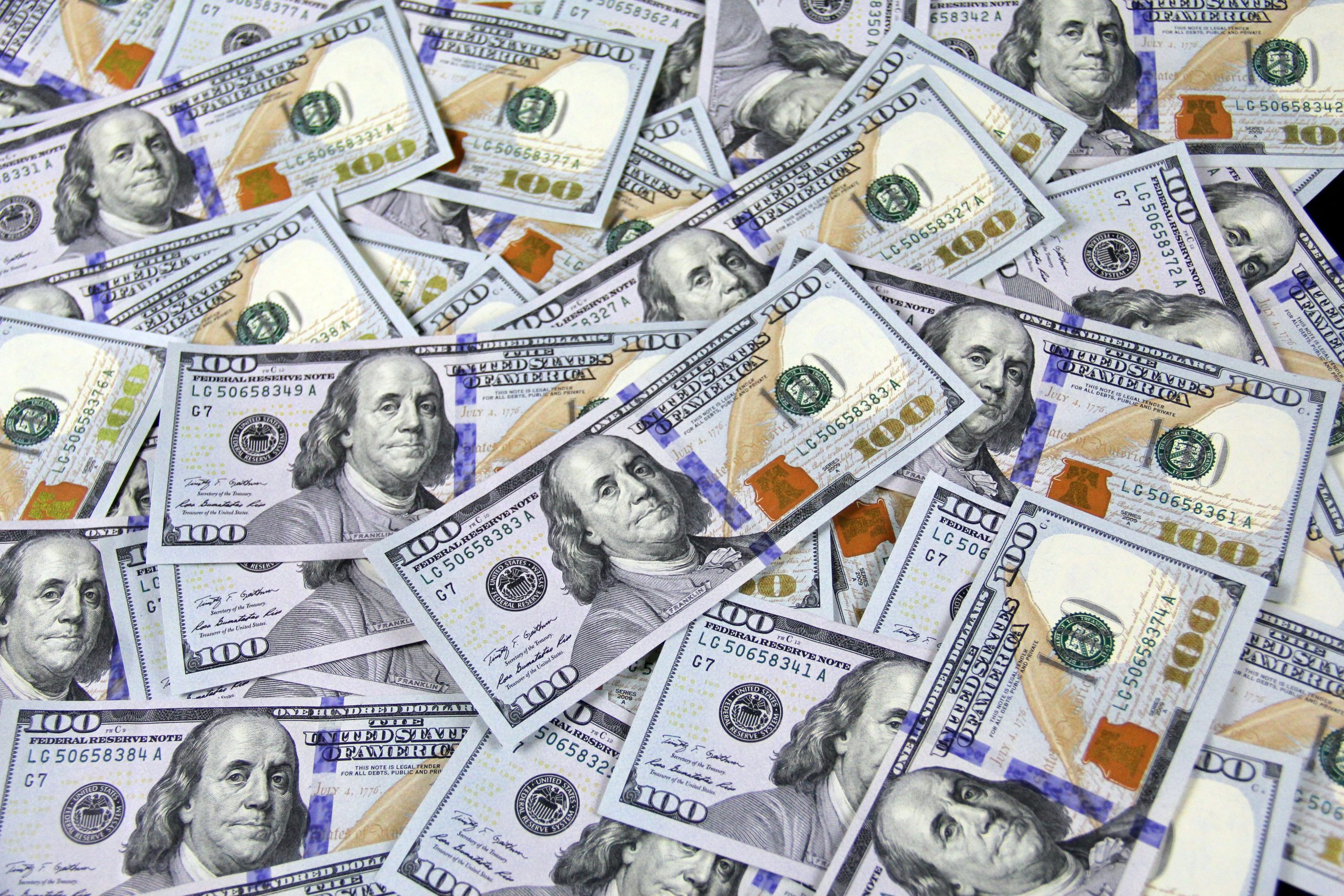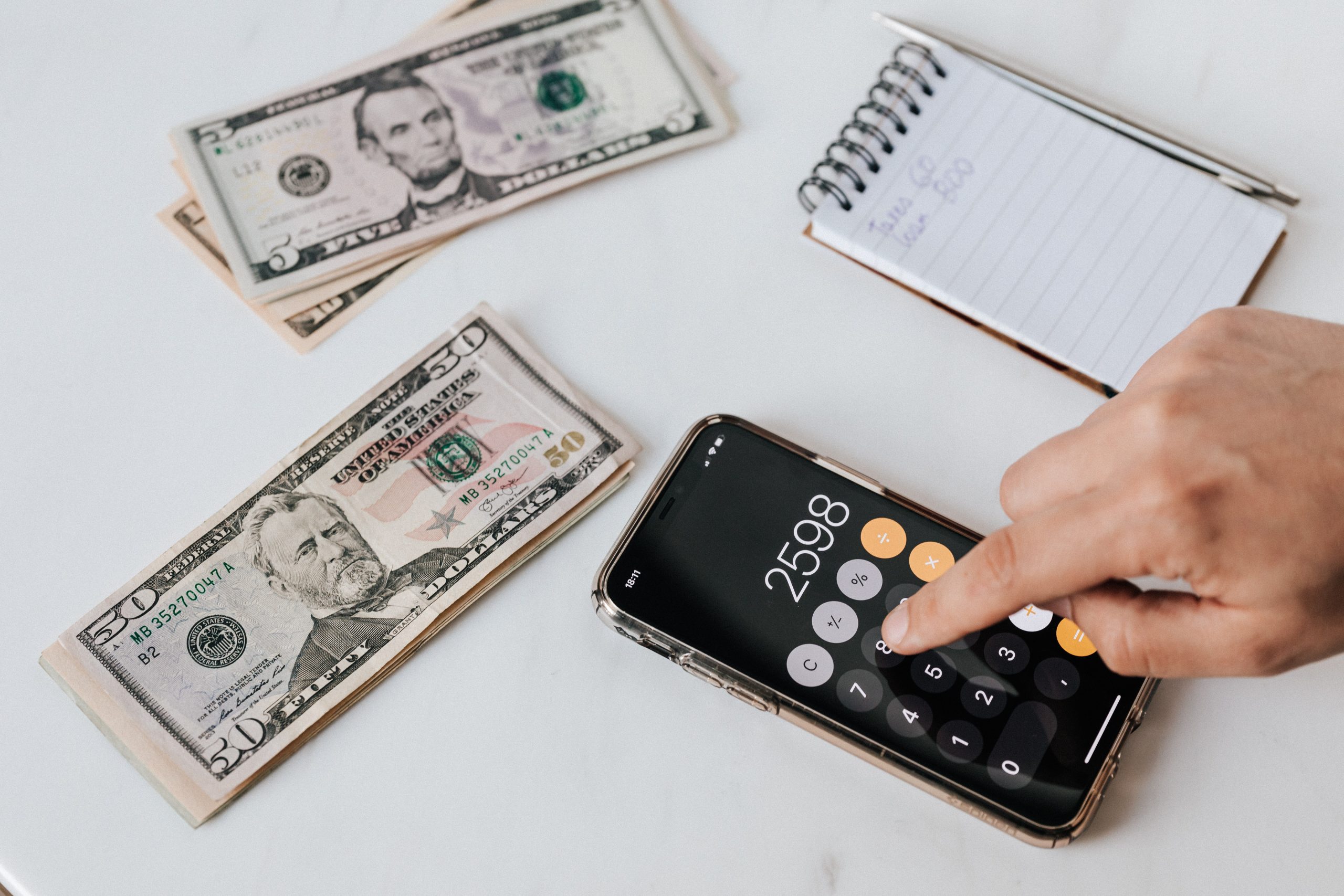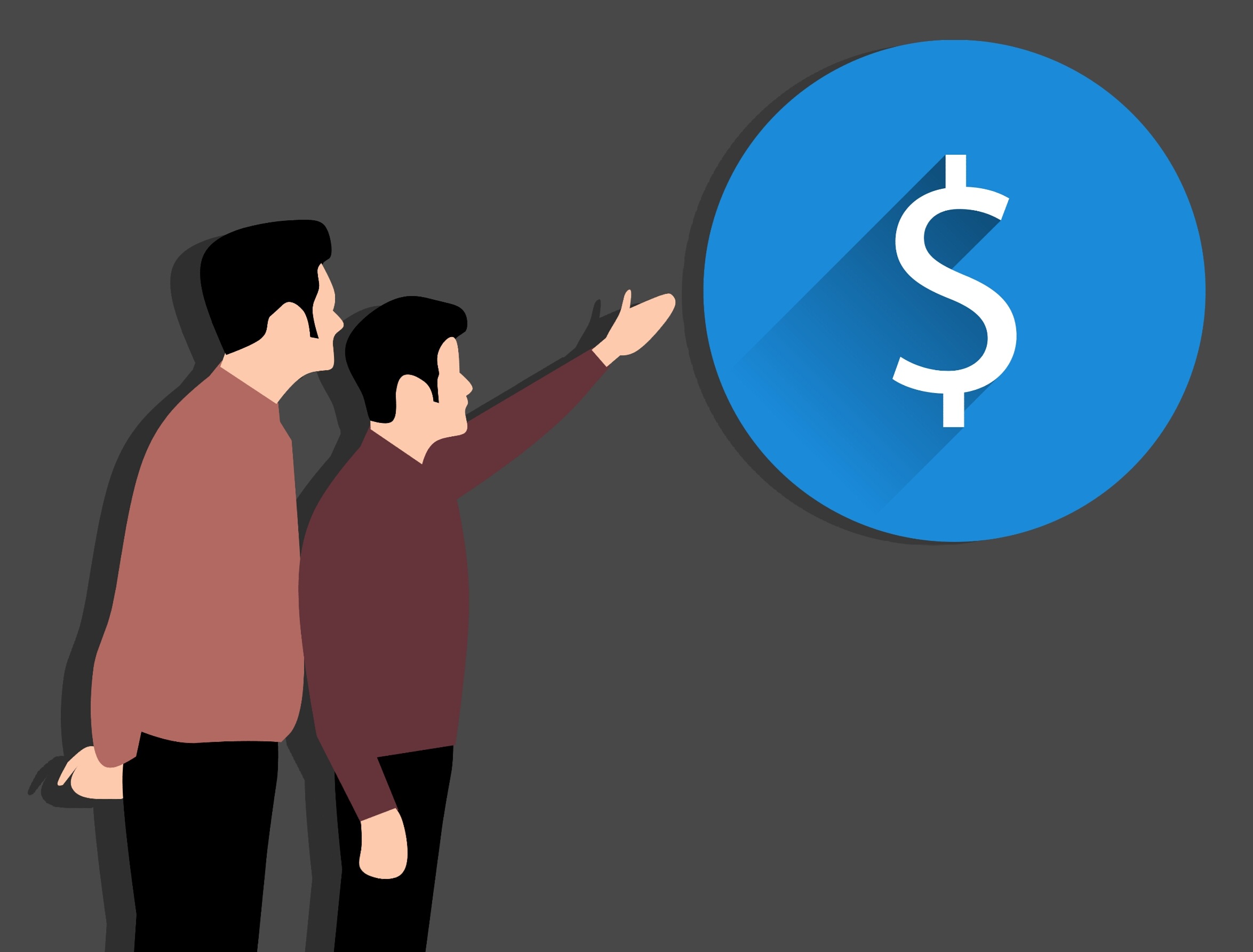Inflation plays a crucial role in shaping economies worldwide, influencing not just the overall financial system but also affecting how individuals and families manage their day-to-day expenses. Understanding how inflation impacts consumer spending habits is essential for businesses, policymakers, and individuals alike. This article explores the relationship between inflation and consumer behavior, examining how rising prices lead to changes in spending patterns.
What is Inflation?
Inflation refers to the rate at which the general price level of goods and services rises, eroding purchasing power over time. When inflation occurs, the value of money declines, meaning that each unit of currency buys fewer goods and services than it did previously. This is a normal part of economic cycles, but when inflation rises significantly, it can have adverse effects on consumer spending.
Types of Inflation
There are two primary types of inflation: demand-pull and cost-push.
- Demand-pull inflation occurs when consumer demand exceeds the supply of goods and services. This increased demand pushes prices up.
- Cost-push inflation happens when the costs of production rise, leading to increased prices for finished goods. This could result from higher costs of raw materials, labor, or other factors.
Both types of inflation affect consumer spending in different ways, causing shifts in how people allocate their income.
The Connection Between Inflation and Consumer Spending
Inflation impacts consumer spending habits in several significant ways. As prices rise, consumers are forced to make more strategic decisions about where and how they spend their money. Here are some of the key ways inflation influences spending:
- Reduced Purchasing Power: As inflation rises, the value of money decreases. This means consumers can afford to buy fewer goods with the same amount of money, leading to reduced purchasing power.
- Shifts in Spending Priorities: Inflation forces consumers to prioritize essential goods like food, housing, and utilities over discretionary items such as entertainment, luxury goods, and travel.
- Delayed Major Purchases: High inflation often leads consumers to postpone big purchases like cars, homes, or appliances, especially if they believe prices will stabilize in the future.
- Increased Use of Credit: To keep up with rising prices, some consumers may rely more on credit cards or loans to make ends meet, which can lead to higher debt levels and reduced savings.
- Search for Substitutes: As inflation pushes prices up, consumers may look for cheaper alternatives, such as opting for generic brands over name brands or substituting less expensive goods for pricier items.
How Inflation Affects Different Income Groups
Inflation does not impact all consumers equally. The extent of the impact varies based on income levels, spending habits, and access to credit. Let’s take a look at how different income groups experience inflation:
Low-Income Consumers
Low-income households are disproportionately affected by inflation because they spend a higher percentage of their income on essentials like food, housing, and utilities. When inflation drives up the prices of these necessities, low-income consumers are left with less disposable income for non-essential purchases.
Middle-Income Consumers
Middle-income households also feel the pinch of inflation, but they may have more flexibility in their budgets to adjust spending. However, prolonged inflation can reduce their ability to save for long-term goals like retirement or education.
High-Income Consumers
High-income individuals and families are typically better insulated from inflation because a smaller portion of their income is spent on necessities. While they may experience rising costs, they often have the financial cushion to maintain their lifestyle.
Behavioral Changes in Consumer Spending During Inflationary Periods
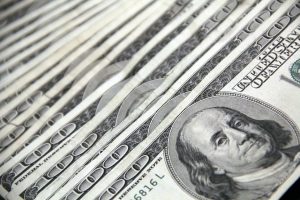
Inflation not only affects what consumers buy but also how they behave. Some key behavioral changes include:
1. Increased Price Sensitivity
When prices rise, consumers become more sensitive to price changes. This often leads to a greater focus on comparison shopping, hunting for deals, and using coupons or discount apps.
2. Shift Towards Budgeting
Consumers may become more disciplined about budgeting during periods of high inflation. People are likely to keep closer track of their expenses and allocate funds carefully to ensure they can meet their financial obligations.
3. Delay in Non-Essential Purchases
Inflation encourages consumers to delay non-essential purchases, especially if they believe prices may stabilize or decline in the future. This delay affects businesses that rely on discretionary spending, such as retailers of luxury goods or services.
4. Preference for Durable Goods
In inflationary times, consumers often prefer to invest in durable goods that will last longer and retain value over time. Items such as appliances, vehicles, and technology are seen as better investments than consumables.
How Inflation Affects Businesses
Inflation not only affects consumers but also businesses that rely on consumer spending. As consumers become more selective about their purchases, businesses may experience reduced sales, particularly for non-essential goods. To adapt to inflation, businesses may:
- Raise prices to cover increased production and operating costs.
- Offer discounts and promotions to attract budget-conscious shoppers.
- Adjust their product lines to focus on more affordable or essential items.
- Enhance customer loyalty programs to retain existing customers.
The Role of Government and Monetary Policy
Governments and central banks play a vital role in managing inflation through monetary policy. When inflation becomes excessive, central banks may raise interest rates to slow down the economy and reduce inflationary pressures. However, this can also lead to reduced consumer spending, as higher interest rates make borrowing more expensive and discourage big purchases like homes and cars.
Comparative Analysis of Consumer Spending Patterns During Different Inflation Rates
The table below shows how consumer spending shifts in response to varying levels of inflation.
| Inflation Rate | Spending Behavior | Example |
|---|---|---|
| Low Inflation | Consumers spend freely, focusing on non-essential goods. | Buying luxury items, vacations. |
| Moderate Inflation | Consumers start prioritizing essentials and search for deals. | Substituting generic products for brand names. |
| High Inflation | Consumers cut back on discretionary spending, focus on survival. | Postponing major purchases like cars, homes. |
| Hyperinflation | Consumer confidence collapses, bartering may replace spending. | Stockpiling necessities, no luxury spending. |
Comparative Table: Impact of Inflation on Different Income Groups
| Income Group | Impact of Inflation | Spending Adjustments |
|---|---|---|
| Low-Income | Strongly impacted due to higher proportion of income spent on essentials. | Cut back on non-essential items, may rely more on debt. |
| Middle-Income | Moderately impacted but can adjust spending to an extent; may affect savings. | Focus on budgeting, delay in larger purchases like vacations. |
| High-Income | Less impacted due to financial reserves and flexibility in spending. | Minor changes in spending; may invest in durable goods. |
Conclusion: How Inflation Shapes Consumer Spending
In conclusion, inflation plays a critical role in shaping consumer spending habits. As prices rise, purchasing power decreases, forcing consumers to adjust their spending patterns. Essential goods take precedence, and non-essential items are often delayed or avoided altogether. The degree of impact varies across different income groups, with low-income consumers bearing the brunt of inflation’s effects. Meanwhile, businesses must adapt to the changing landscape by adjusting prices, offering discounts, or shifting focus to essential goods.
Understanding the impact of inflation on consumer spending is crucial for individuals, businesses, and policymakers alike. By staying informed, consumers can make better financial decisions, businesses can align their strategies with market needs, and governments can implement policies to stabilize the economy.






